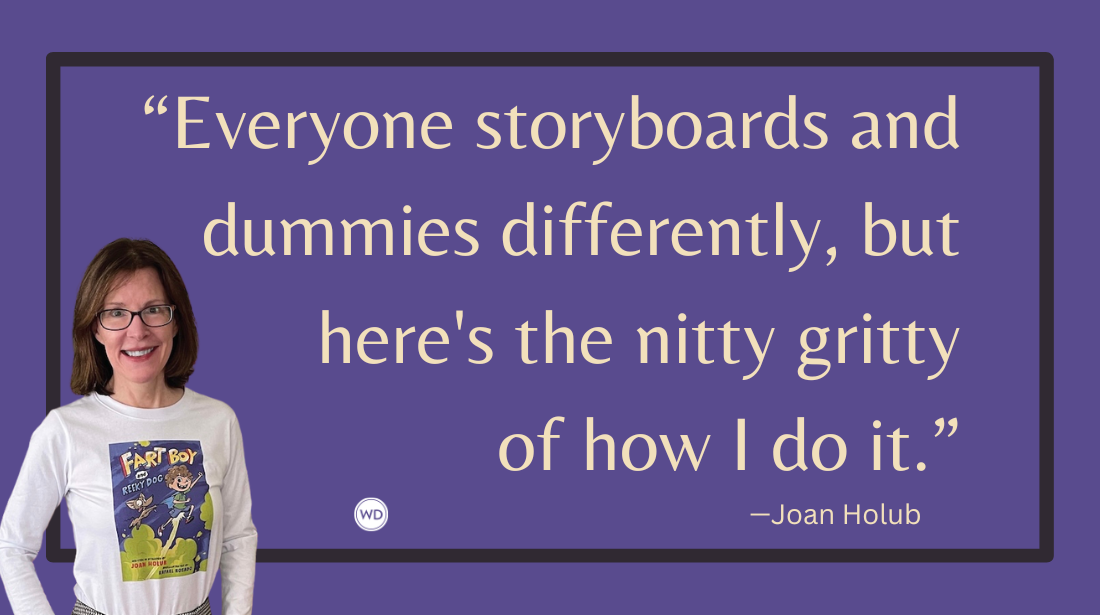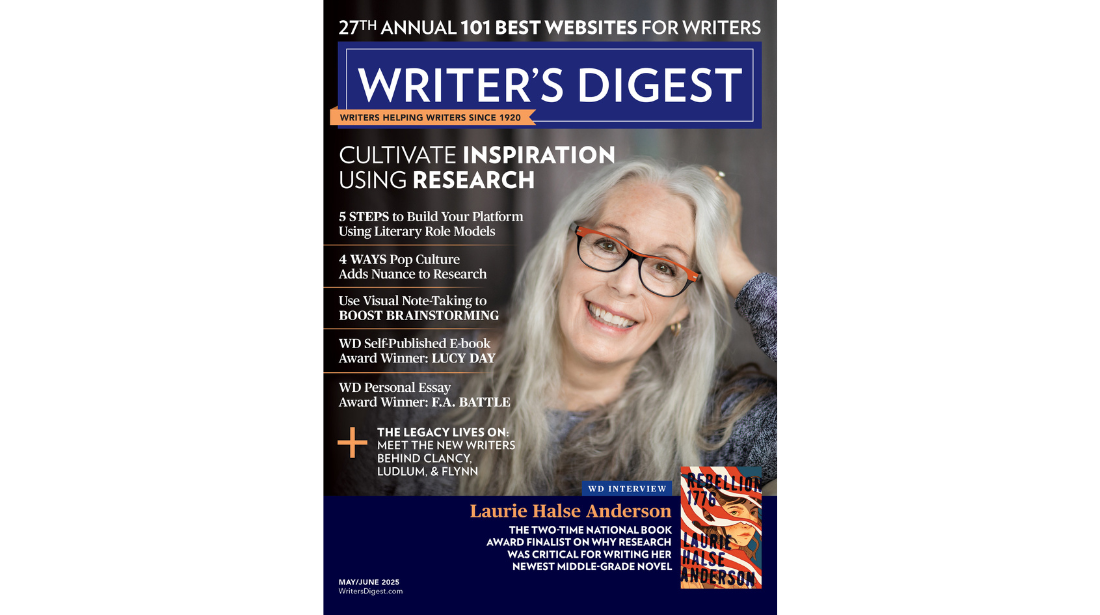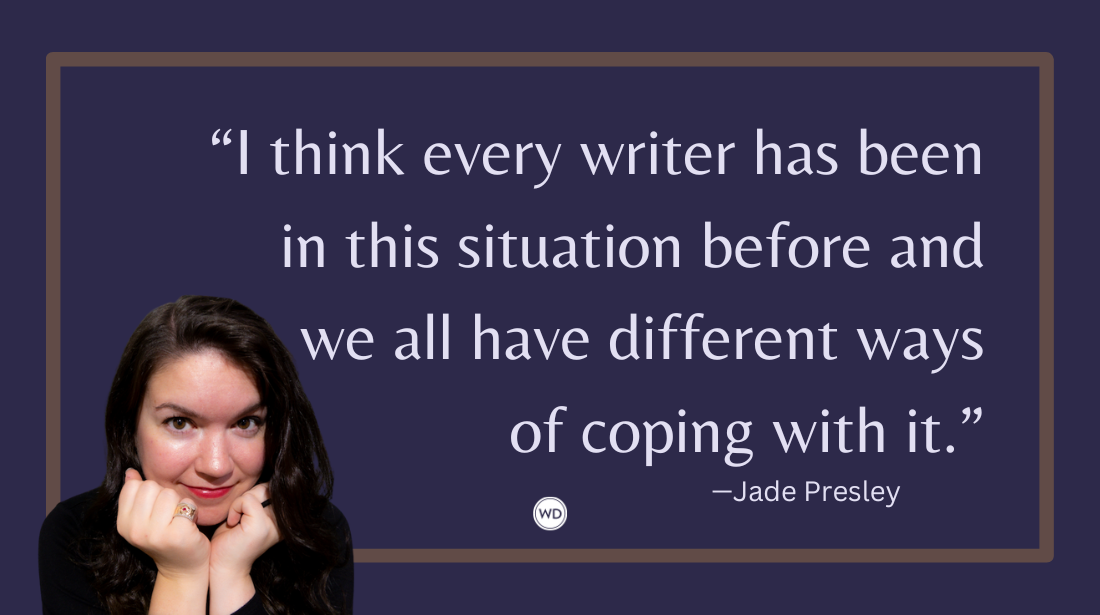How to Inhabit the Character You Write About
One key to engaging your reader is to give them a character they love to read about. Author Diana Souhami gives her top tips for making this happen.
As a writer, I spend most of my life with people who are dead. How sad is that? Deeply perverse. I am in the resurrection business. I relate obsessively to people who aren’t there, more so than to the living. I read their diaries and love letters, pore over photographs, prowl 'round their houses, get all such information as I can from those who knew them for real.
I wouldn’t dream of being so intrusive with anyone living.
I wrote my first biography, Gluck, 34 years ago. She was a cross-dressing, lesbian portrait painter who chose her monosyllabic name, got her hair cut at Truefitt gentlemen’s hairdresser in London’s Bond Street, had florid affairs with women, and shocked and horrified her conventional parents.
At a 1981 retrospective of her work, I’d been intrigued by a portrait of the fused profiles of her and her lover, Nesta Obermer. They stare defiantly into the distance. Gluck called it the “YouWe” picture. It resonated with me and I sensed the drama of their relationship, so when a publisher asked me if there was a book I’d like to write, I chose Gluck.
She’d died in 1973 and her nephew and executor had stored her papers in cardboard boxes in his garage. He let me take these home. They smelled musty. I lugged them up the stairs to my flat, stared at them, said to myself “make a life out of that,” and went to bed. Next day was no better. Nothing made sense. There were bewildering documents and letters in scarcely legible handwriting to “darling rabitskinsnootchbunsnoo,” or to “my darling wife,” or “Dearest Tim.” But I persevered until some alchemy happened.
IndieBound | Bookshop | Amazon
[WD uses affiliate links.]
Neither the dead nor the living come alive to us unless we think about them. Gluck, in her portraits, aimed to reveal the quintessential self of her sitters. She wrote: “In some lightning split second you will see the complete revelation of the person in their pose… be aware of this as the spiritually dominating factor from which nothing in your subsequent handling should distract… This Divine Blindness is your holy of holies…”
We value empathy as an absorption into another’s point of view, rather than coming in from on top with our own preconceived ideas. The poet Keats called this a negative capability, a suspension of self so that we can even become the bird singing on a rooftop.
Before writing a biography I wrote plays. At a rehearsal, a director and drama teacher I admired said to one of the cast “for God’s sake stop acting.” This made me smile. Acting and fiction have to ring true. There’s a distinction between what’s literally true and what’s literally true. The latter matters. We search for authenticity and sincerity—what’s really meant beyond what’s being said. An unforgivable fault in writing or delivery is to strike a wrong note.
Inhabiting another person isn’t a totally conscious process. Some people can’t go beyond themselves. The sense of “knowing” a character may be delusional, but we have in some sense to become the people we write and read about, even if we don’t particularly like them and even if we fear they would not approve of us.
After “Divine Blindness,” hard work follows. As in life, knowledge of another accretes with attention to detail: appearance, food preferences, the books they read, who they love, things that annoy them, achievements and contribution, their little ways. With biography, this accretion depends on available material: old cinema tickets, shopping lists, diaries, letters—all the stuff we chuck away. Sometimes there’s too little, often there’s too much. Such ephemera must fit into the abiding concept of who that person was and is and will be. And leaving out the boring bits—that’s important for the reader’s sake. I have an adage “if in doubt, out.” I like a merciless edit.
I choose a conceptual underpinning to my biographies even while wanting the narrative to be character-driven and in a sense out of my hands. I don’t want to write the same book over and over again. I’ve often written about lesbians. That’s my way of expressing my own sexuality and allegiance. In Gertrude and Alice for example, my guiding idea was the irony that a happy “conventional” marriage of love, loyalty, and domestic harmony was achieved by two eccentric women: Gertrude Stein and Alice B. Toklas. In Mrs. Keppel and Her Daughter, my theme was hypocrisy: Mrs. Keppel, mistress to King Edward VII, was lauded by Society, her daughter Violet Trefusis was vilified, forced into a loveless marriage, and exiled because of her love for Vita Sackville-West. In my latest book, No Modernism Without Lesbians, the underpinning idea is how women who love women can achieve great things when they form a community and reject patriarchy.
Diana Souhami is the author of Gluck: Her Biography, Gertrude and Alice, Greta and Cecil, The Trials of Radclyffe Hall (shortlisted for the James Tait Black Prize for Biography and winner of the US Lambda Literary Award), Wild Girls, the bestselling Mrs Keppel and Her Daughter (also winner of the Lambda Literary Award and a New York Times ‘Notable Book of the Year’), Selkirk’s Island (winner of the Whitbread Biography award), Coconut Chaos, Edith Cavell (winner of the EDP Jarrold East Anglian Book of the Year Award), Murder at Wrotham Hill (shortlisted for the Crime Writers’ Association Gold Dagger for Non-Fiction) and the novel Gwendolen. She is a Rainbow List National Treasure, and she lives in London.








